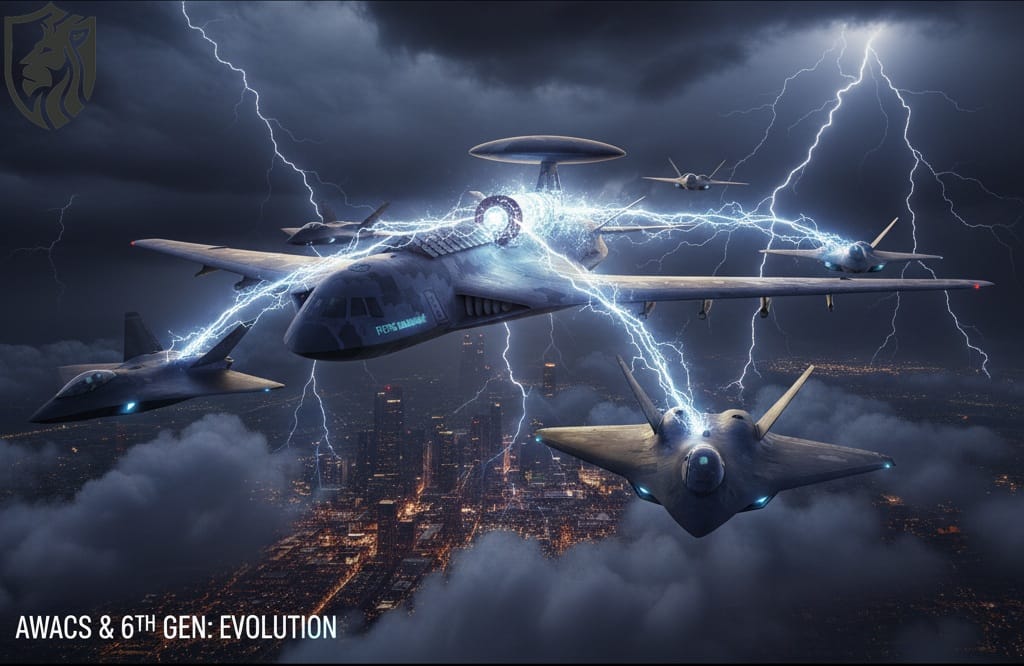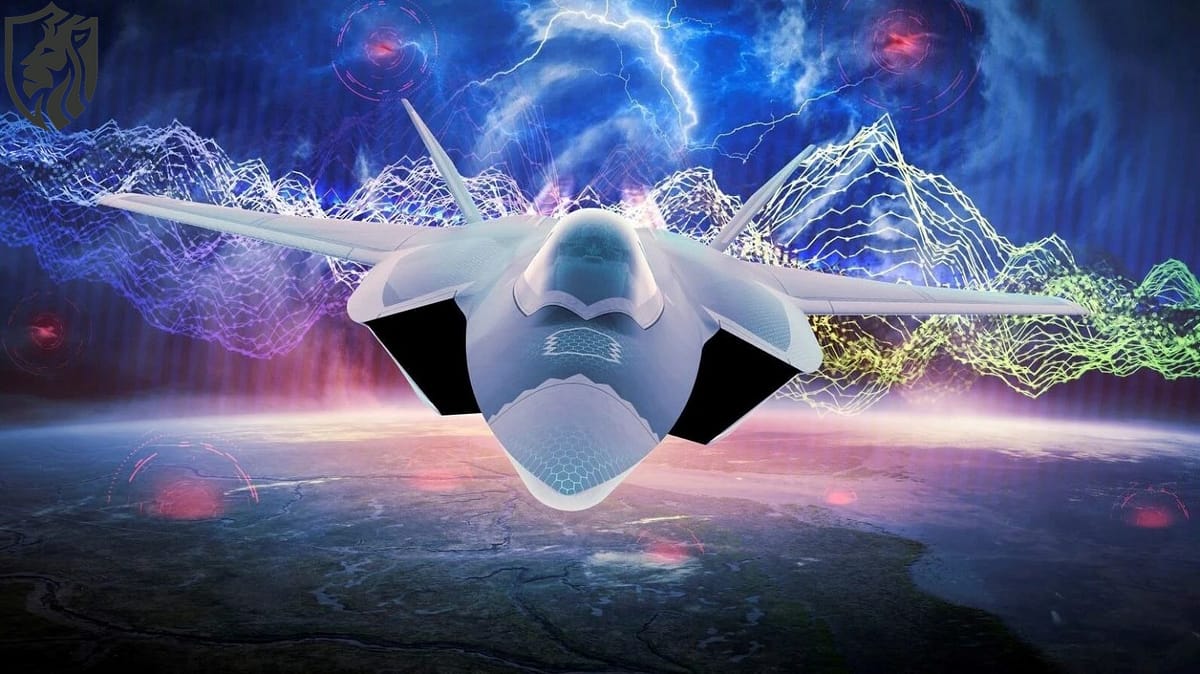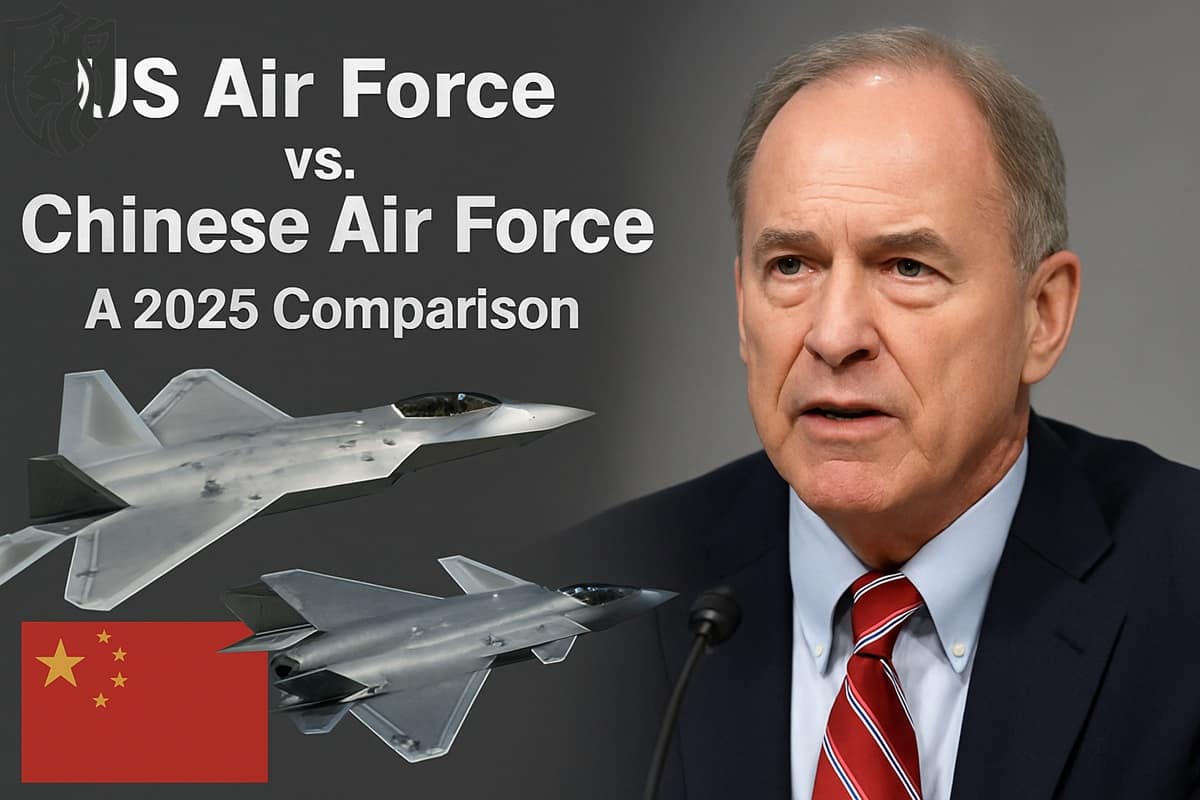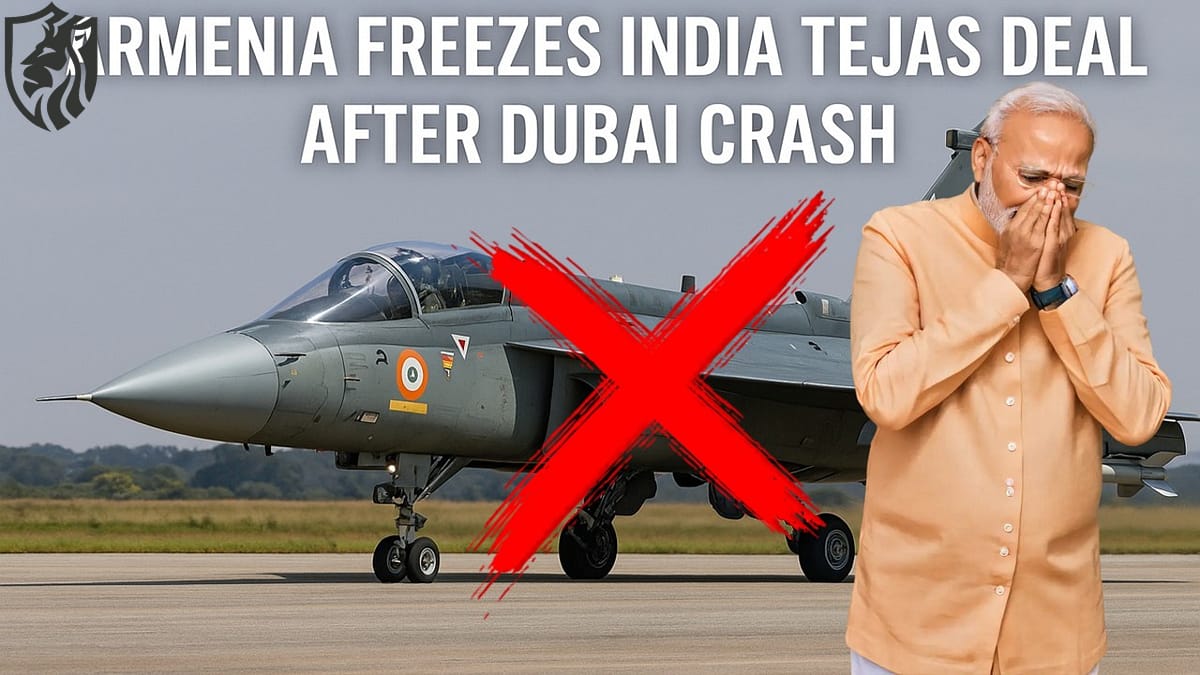
AWACS and Sixth-Gen Fighters — What Changes Next
Why AWACS Still Matters in the Sixth-Gen Era
Sixth-generation aircraft will not erase the need for airborne early warning; rather, they will force an evolution. AWACS and sixth-gen fighters will operate as a single, resilient C2 fabric that shrinks signatures, spreads risk, and accelerates decisions. The iconic big-dish “flying radar truck” gives way to fewer, more survivable AEW&C nodes orchestrating a wider mesh.
What changes with sixth-gen airpower
Distributed sensing replaces the single “loud” emitter
Sixth-gen fighters, UCAV loyal wingmen, and attritable drones field AESA radars, IRST, electronic support measures, and passive RF detectors. Fused together, these sensors assemble an air picture without one dominant transmitter. Consequently, AWACS and sixth-gen fighters can map threats while staying radio-silent until needed.
Low-probability links keep the network quiet
Narrow-beam, LPI/LPD datalinks move tracks and intent with minimal intercept risk. Therefore, nodes share only what they must, when they must. In practice, AWACS and sixth-gen fighters will pass curated, prioritised cues rather than raw firehose data.

Edge battle management speeds decisions
Onboard autonomy assigns sensors, deconflicts jamming, and recommends weapons. As a result, the “control room” shifts forward. Pilots and UCAV mission computers coordinate effects locally, while airborne C2 supervises the bigger picture.
Why a large AWACS still matters—just used differently
Wide-area persistence still seeds the fight
Fighters and drones sprint, but they cannot loiter for a theatre-wide stare. A standoff AEW&C platform provides long-range detection to seed the common operating picture and keep packages deconflicted. Thus AWACS and sixth-gen fighters stay synchronised at scale.
Gateway, policy, and ROE management
A high-altitude node remains invaluable for ID, ROE enforcement, and cross-service integration. Moreover, it arbitrates long-range fires, tanker queues, and EMCON discipline when dozens of formations share airspace.
Insurance in hard environments
In heavy jamming, degraded satcom, or clouded space ISR, a local airborne C2 node is the fallback. Even then, AWACS and sixth-gen fighters continue fighting as a mesh if one layer is stressed.
How AEW&C evolves to survive
From “centre-piece” to standoff orchestrator
Future AEW&C flies farther back under fighter and escort-jammer cover. It leans on longer-range active sensors, wideband ESM, and multi-static tricks with forward shooters. Accordingly, AWACS and sixth-gen fighters coordinate multi-angle looks that raise detection probability without shouting.
Smaller, stealthier airframes
Expect business-jet AEW&C and stealth-shaped platforms with conformal arrays, not just E-3-style rotodomes. These airframes cut drag, shrink signatures, and reduce operating expenses. Therefore, commanders can field more nodes and avoid a single point of failure.
Layered network by design
Satellites, HAPS/UAVs, aerostats, tanker-mounted gateways, and fighter/UCAV swarms form a layered web. Because the mesh is heterogeneous, a loss in one layer degrades gracefully. In short, AWACS and sixth-gen fighters become components of a theatre-wide “system-of-systems.”

Software-defined mission systems
Containerised apps, AI fusion, and dynamic spectrum management let crews re-role on the fly. Plug-and-play apertures and edge AI push updates without depot visits. Consequently, upgrade cycles shorten and capability stays current.
Operational implications for air forces
Survivability through dispersion
Multiple modest AEW&C nodes plus fighter/UCAV sensing make targeting harder. Adversaries must hunt many emitters rather than one. Therefore, AWACS and sixth-gen fighters impose cost, time, and munitions burdens on opposing IADS.
Faster kill chains, tighter EMCON
Forward nodes classify and hand off in seconds, while standoff C2 validates ID and ROE. With disciplined LPI/LPD links, the force reveals little until weapons are inbound. As a result, timelines compress without advertising intent.
Training, TTPs, and budget shifts
Doctrine must emphasise distributed fusion, autonomy supervision, and cross-domain deconfliction. Budgets shift from one or two exquisite airframes toward several smaller AEW&C platforms, gateways, and software pipelines. Hence AWACS and sixth-gen fighters require procurement that values quantity, agility, and spiral upgrades.
Bottom line
Sixth-gen fighters cut dependence on a single AWACS but do not end airborne early warning. Expect fewer, stealthier AEW&C nodes working as standoff orchestrators inside a layered, software-defined network. In that future, AWACS and sixth-gen fighters are complementary—one accelerates the other, and together they keep the air picture resilient.









